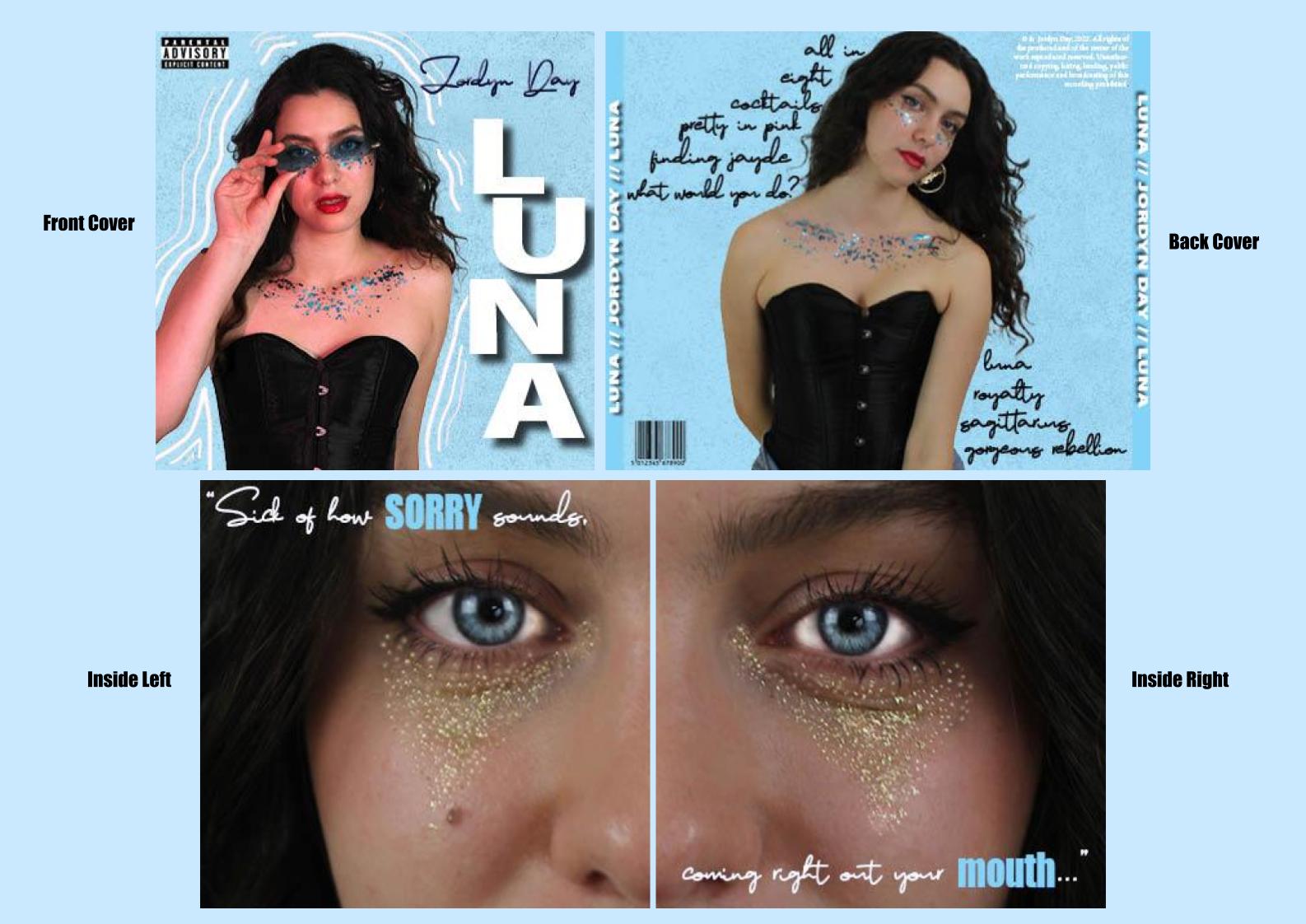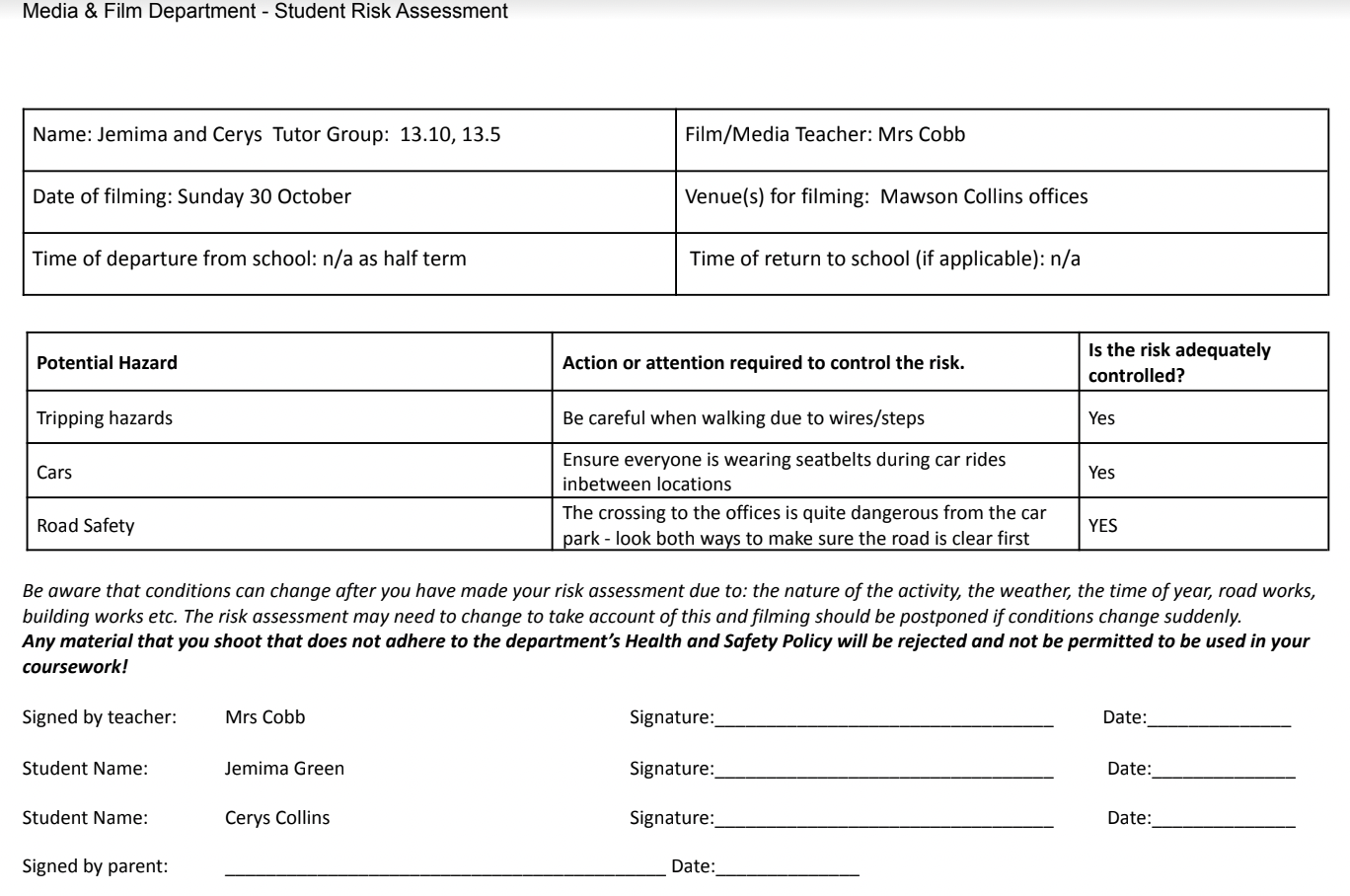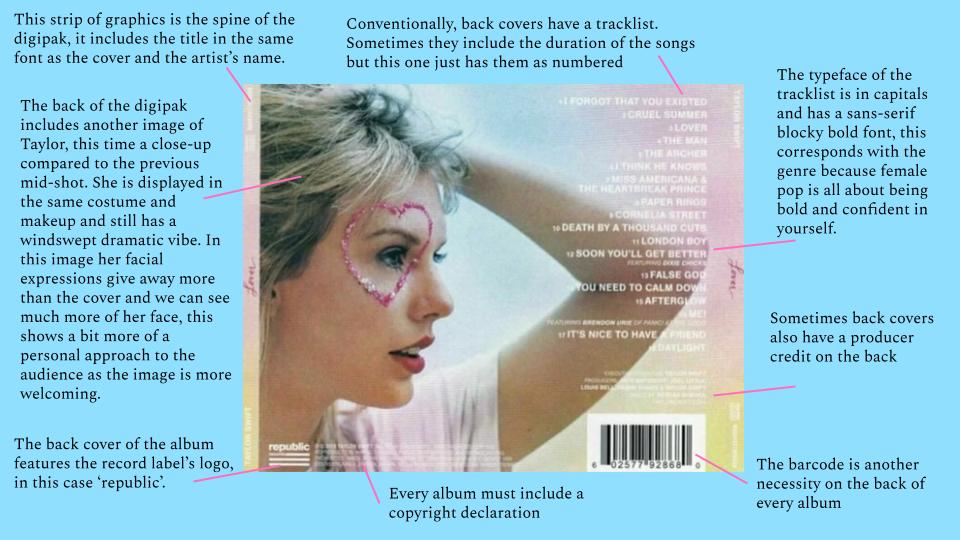A digipak is the minor task in the brief to coincide with our major task – the music video. This means that we have to create an entire star image for our musician that is conventional to the genre, coherent with the music video and a campaign that uses integrated advertising and strong branding to gain an audience!
Jemima and I made the research presentation below to explore the ideas and inspirations from previous female pop stars;
During this research, we have learned that often women in the music industry portray a friendly and relatable presence and are very often role models for their young fans. Knowing the type of media diet our target audience has will make it easier to make decisions on what platforms or distribution channels we want to advertise with, for example, we know that our audience of young girls use multiple social media platforms and find a community from the love of music. If the audience interpret anything in the wrong way, they could reject the media text entirely and the campaign will fail. We will be able to target this in our calls to action.
Bulmer & Katz’ Uses and Gratifications theory states that audiences consume media texts to gain information, entertainment, personal identity and social interaction. In my research I found that pop stars use social medias to communicate with fans and provide a social interaction in addition to the entertainment they get from the music and other content.
We also developed a unique selling point – this is something that sets our female pop star aside from the competition whose content is aimed at the same audience. A USP helps maintain a strong star image.
Finally, we came up with a mission statement – this will ensure that we keep continuity when making our package as it sums up everything that our artist is about and stands for.














